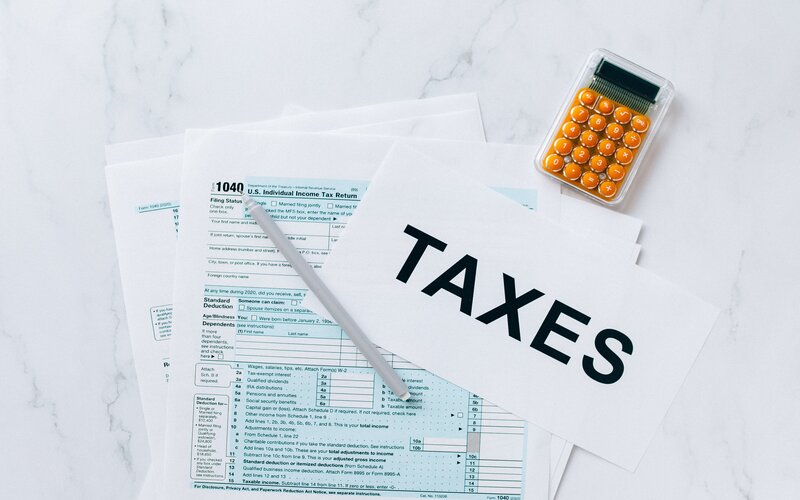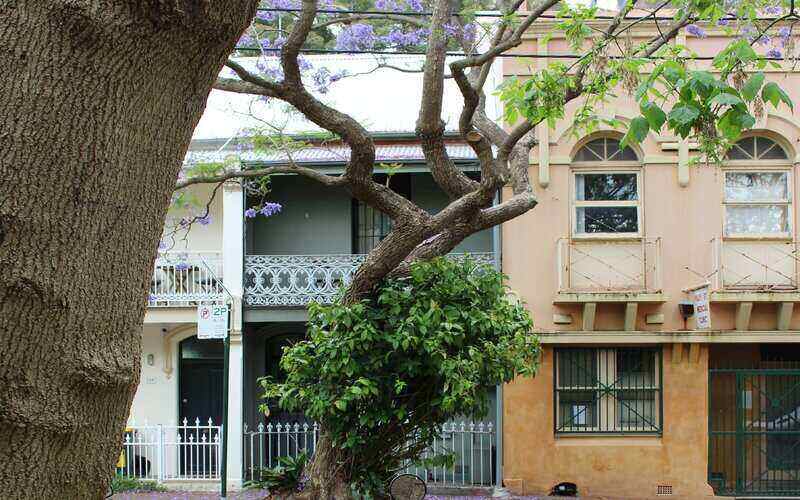Much like an income tax return, trustees with an SMSF fund are legally obligated to lodge an SMSF annual return with the Australian Tax Office.
With the deadline of 28 February now less than a week away, Director of Tax Communications at H&R Block Mark Chapman noted the importance for trustees to ensure their annual return is lodged by the due date.
“The annual return is more than just a tax return; it is also used to report super regulatory information, member contributions and pay the SMSF supervisory levy,” Mr Chapman told Savings.com.au.
“Failing to meet the lodgement requirements can result in penalties, including monetary fines.”
Mr Chapman detailed the current ‘failure to lodge’ (FTL) penalty is $275 for each period of 28 days that the annual return is overdue, up to a maximum of five penalty units or $1,375.
“The FTL penalty is also a non-deductible expense for the SMSF,” he said.
For trustees lodging their own return, the deadline set by the ATO is 28 February 2023.
Those that elect to use a tax agent to lodge their SMSF annual return have a deadline set by the ATO of 15 May 2023.
Before lodging your annual return
Before the annual return is lodged, Mr Chapman said trustees need to prepare accounts for the fund and those accounts need to be audited by an independent and approved SMSF auditor.
“The SMSF auditor is required to review the financial statements and supporting records of the fund, and provide an opinion as to whether it considers the financial statements provide a true and fair view of the position of the fund,” he said.
“If the auditor detects any breaches of the fund, it is obliged to report these to the ATO.
“In addition, the auditor must assess the fund’s overall compliance with the Superannuation Industry (Superannuation) Act 1993 and associated regulations.”
Arguably the most important factor is to ensure the return must not be lodged until the audit of the fund has been finalised.
Common issues with audits
Some of the common issues requiring auditors to report a breach or caution the client by qualifying the audit, and record the issue in a management letter to the trustee are:
1. Sufficient documentation
"Not keeping sufficient documentation to substantiate activities and transactions of a super fund [is a big issue]," Mr Chapman said.
"You can’t just provide an excel spreadsheet of items to the auditor that you wish to claim. You need to have original bank statements, invoices for expenses and so on."
2. Failing to hold onto documents
"Signed trust deed, ATO trustee Declarations and establishment minutes are just a few of the important documents that need to be kept and maintained by the trustee," he said.
3. Having an investment strategy
"Ensure they (SMSF trustees) have documented a current investment strategy," he said.
An investment strategy is an important document that needs to be completed annually or when major events happen. It is more than just an outline of portfolio allocations and percentages, but more a justification of why you have invested in certain things and how they will benefit members.
With a housing downturn and volatile sharemarkets, chances are your investment strategy might have changed compared to a year ago.
4. Fund naming conventions
"The assets of the fund must be held in the name of the super fund to ensure separation of assets between the trustees’ personal assets and the super fund," he said.
How are SMSFs performing?
As Aussies weigh up the risk and rewards of private versus personal superannuation investments, a projected decline in new SMSF funds for 2022 is not expected to slow the industry down.
This comes as data provided to the Australian Financial Review Weekend by NAB’s online brokerage platform Nabtrade revealed a 15% slide in new SMSF accounts established in 2022.
The Australian Investment Exchange is another that expects the number of newly established SMSFs to slide in 2022, anticipating a 18.24% decline.
For the September 2022 quarter, ATO data reveals the value of limited recourse borrowing arrangements (SMSF loans) slid by more than $2 billion compared to the previous quarter.
The value of residential real estate slid by more than $3 billion across the entire SMSF cohort.
Speaking to Savings.com.au, WLTH CEO and Co-Founder Brodie Haupt noted while there has been a general slowdown in the growth rate of SMSFs, this is not a trend that has been seen across WLTH’s SMSF lending offering.
“WLTH began focusing part of its lending strategy on SMSF lending in early 2022,” Mr Haupt said.
“We noticed a surge in demand from Australians wanting to take control of their own super funds and use this vehicle to invest directly in property and other options not typically available via superannuation funds.”
This surge was seen in tax office data, revealing within its SMSF Annual Statistics in the 12 months to 30 June 2022, there were more than 603,000 SMSFs, increasing 4% on 2021.
SMSF assets grew by $25 billion or 3% and accounted for $869 billion or 26% of all superannuation assets.
Mr Haupt noted Australians understand the importance of having a retirement fund they can control, especially during turbulent times, as well as providing a number of attractive tax benefits to shape Australians’ wealth building journeys.
“While it’s predicted that we’ll see a 15% decline in the growth rate of new SMSFs, we’re confident SMSFs will continue to be a popular option for Australians who want more say over where and how their retirement savings are invested,” he said.
This comes as Federal Treasurer Jim Chalmers announced a review into the superannuation system, with the Federal Government set to legislate the purpose of superannuation.
This legislation, if passed, will look to prevent Australians accessing superannuation early in order to deliver sufficient income for retirement, alongside the potential to curb tax breaks, cap super balances and allow private funds to invest in affordable housing.
Given SMSFs operate under a different structure to private super funds, trustees can determine where funds are invested as opposed to a private super fund choosing specific investments including affordable housing.
Under terms of the consultation paper published by the Treasury, no changes are outlined for SMSF funds given the obligations of trustees and rules governing each type of fund differ.
Read more: How do you set up an SMSF?
Image by Nataliya Vaitkevich via Pexels



 Harry O'Sullivan
Harry O'Sullivan
 Denise Raward
Denise Raward













